
Professional Bed Bug Control Services
Professional Solutions for Bed Bug Infestations
Few pest problems are as distressing as bed bugs. These parasitic insects feed on human blood while you sleep, cause itchy welts, and can quickly spread throughout your home. Their ability to hide in tiny cracks and crevices, combined with their rapid reproduction, makes them extremely difficult to eliminate without professional help.
Our comprehensive bed bug control services provide effective solutions to eliminate these persistent pests and help you reclaim your peace of mind.
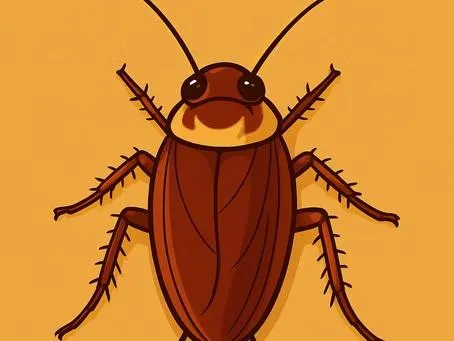
Understanding Bed Bugs
What Are Bed Bugs?

Bed bugs (Cimex lectularius) are small, parasitic insects that feed exclusively on blood. Despite popular misconception, their presence is not related to
cleanliness—they can infest any home regardless of hygiene levels.
Bed Bug Characteristics
Appearance: Reddish-brown, oval-shaped, and flat (similar to an apple seed)
Size: Adults measure about 1/4 to 1/2 inch long
Behavior: Primarily nocturnal, feeding on hosts while they sleep
Lifespan: Can live several months to a year without feeding
Reproduction: Females can lay hundreds of eggs over their lifetime
Mobility: Cannot fly or jump but are excellent crawlers and hitchhikers
Signs of a Bed Bug Infestation
Early detection is crucial for effective control. Watch for these warning signs:

Bite Marks
Small, red, itchy welts on skin, often in lines or clusters
Blood Spots
Tiny bloodstains on sheets and pillowcases
Fecal Spots
Dark or rusty spots of excrement on bedding, mattresses, and nearby surfaces
Shed Skins
Translucent exoskeletons left behind as nymphs grow
Eggs and Eggshells
Tiny (1mm), white, oval eggs and eggshell casings
Live Bed Bugs
Actual insects visible in seams, cracks, and crevices
Where to Look
Mattress and Box Spring
Check seams, piping, tags, and cracks
Bed Frame and Headboard
Examine joints, cracks, and screw holes
Furniture
Inspect seams of chairs and couches, cushion zippers, and furniture joints
How Bed Bugs Spread
Understanding how bed bugs travel helps prevent their spread
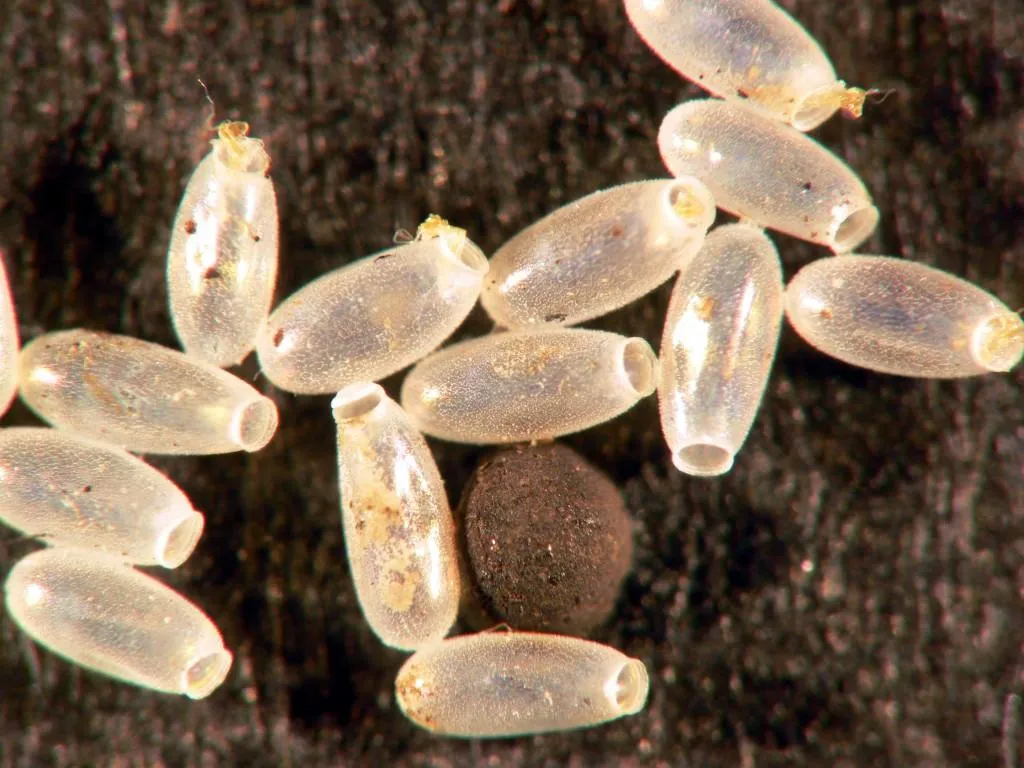
Eggs
Luggage and Personal Items: Hitchhike from hotels, motels, and other lodgings
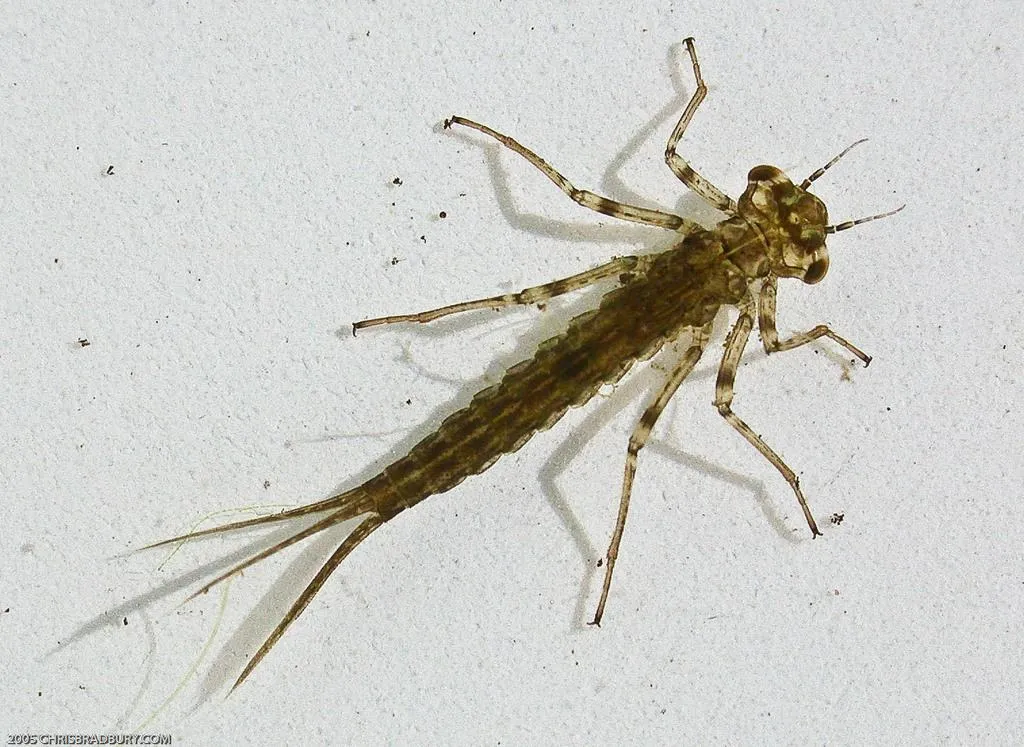
Nymphs
Second-hand beds, couches, and other furniture may harbor bed bugs
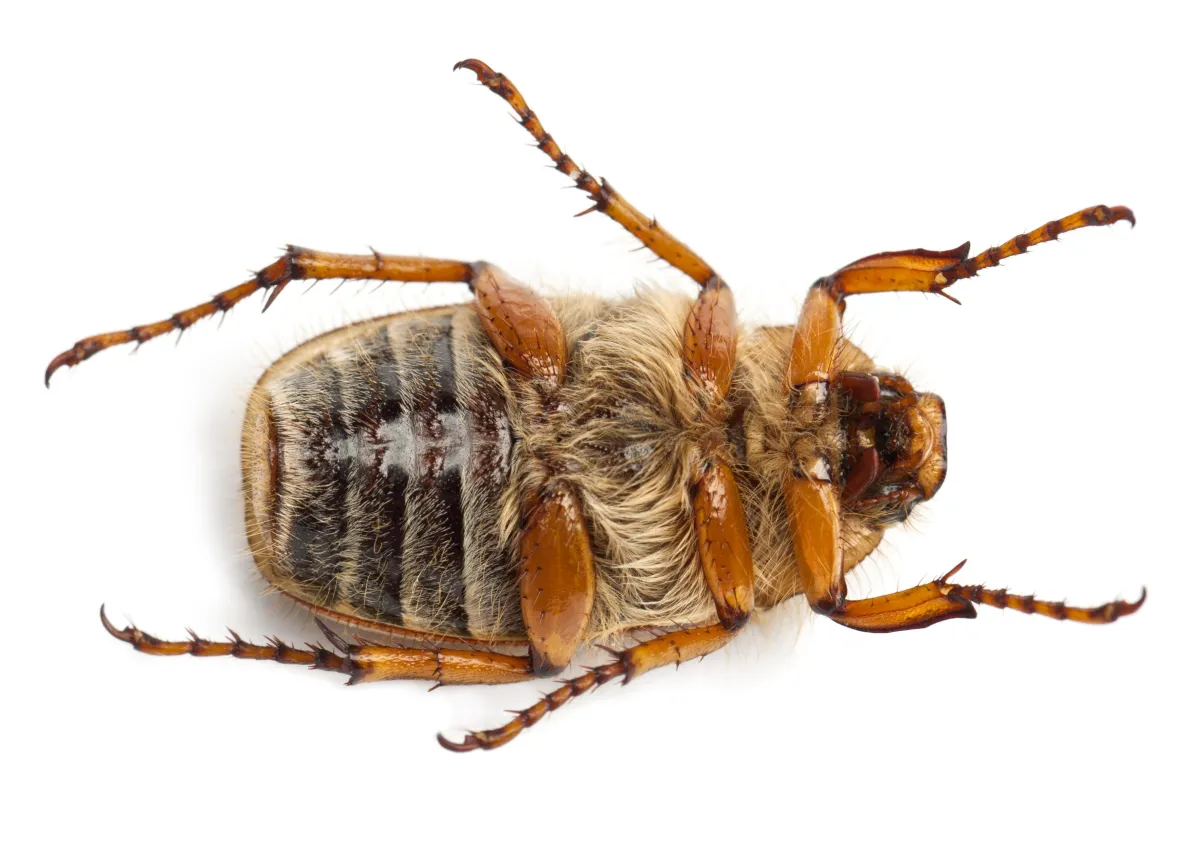
Adults
Visitors: Can be introduced by guests who have infestations
Visitors: Can be introduced by guests who have infestations
Adjacent Units: Travel through wall voids in multi-unit buildings
Public Transportation: May attach to clothing or bags
Schools and Workplaces: Can be transported in backpacks or work bags
The Challenges of Bed Bug Control
Attempting to eliminate bed bugs yourself often leads to frustration
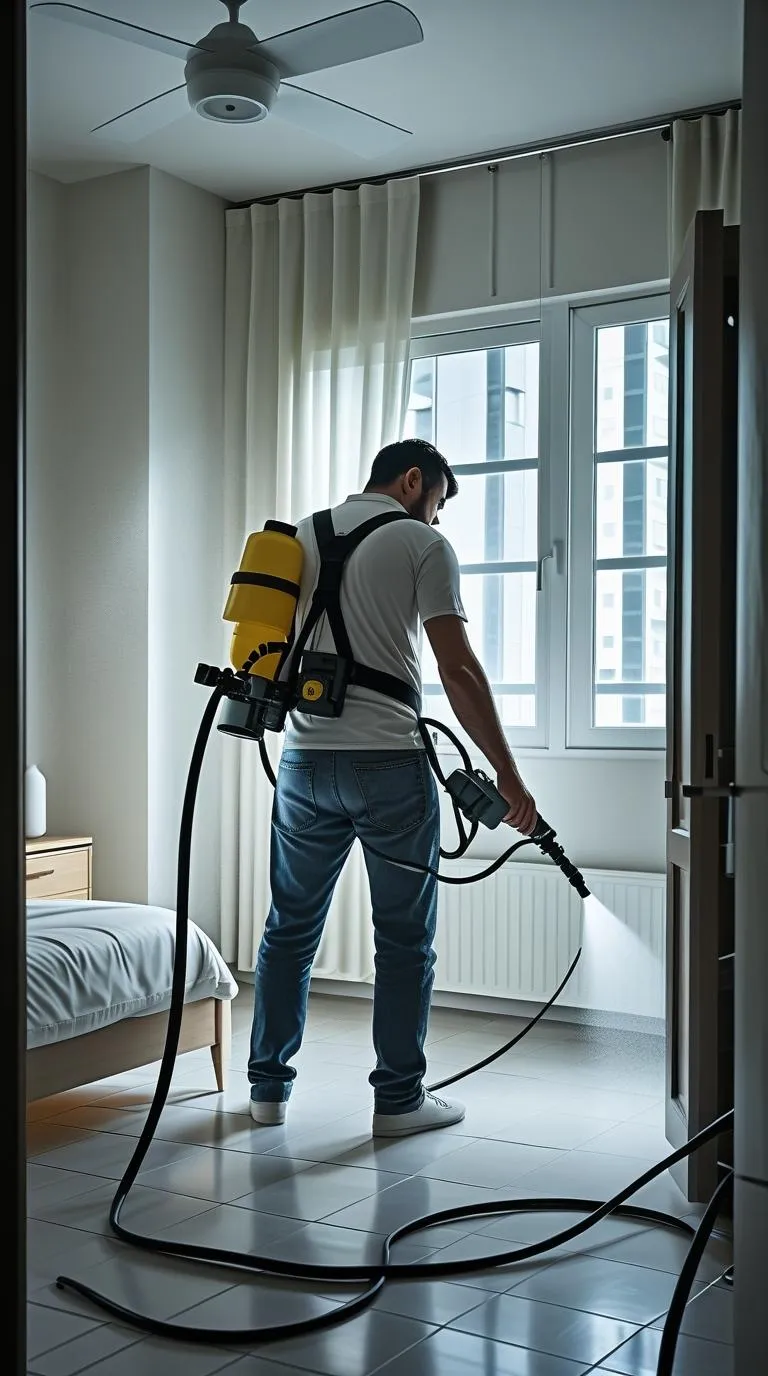
Hidden Infestations
Bed bugs can hide in areas impossible to reach with consumer products
Insecticide Resistance
Many populations have developed resistance to common pesticides
Incomplete Treatment
Missing just a few bugs or eggs allows the infestation to rebound
Safety Concerns
Improper use of chemicals can pose health risks
Cost Inefficiency
Multiple failed DIY attempts often cost more than professional treatment
Our Comprehensive Bed Bug Control Approach
We take a multi-faceted approach to bed bug control

Thorough Inspection
Our certified technicians will conduct a detailed inspection to:
Trained technicians who understand bed bug behavior
Identify all harborage areas
Determine the extent of the infestation
Create a customized treatment plan based on your specific situation

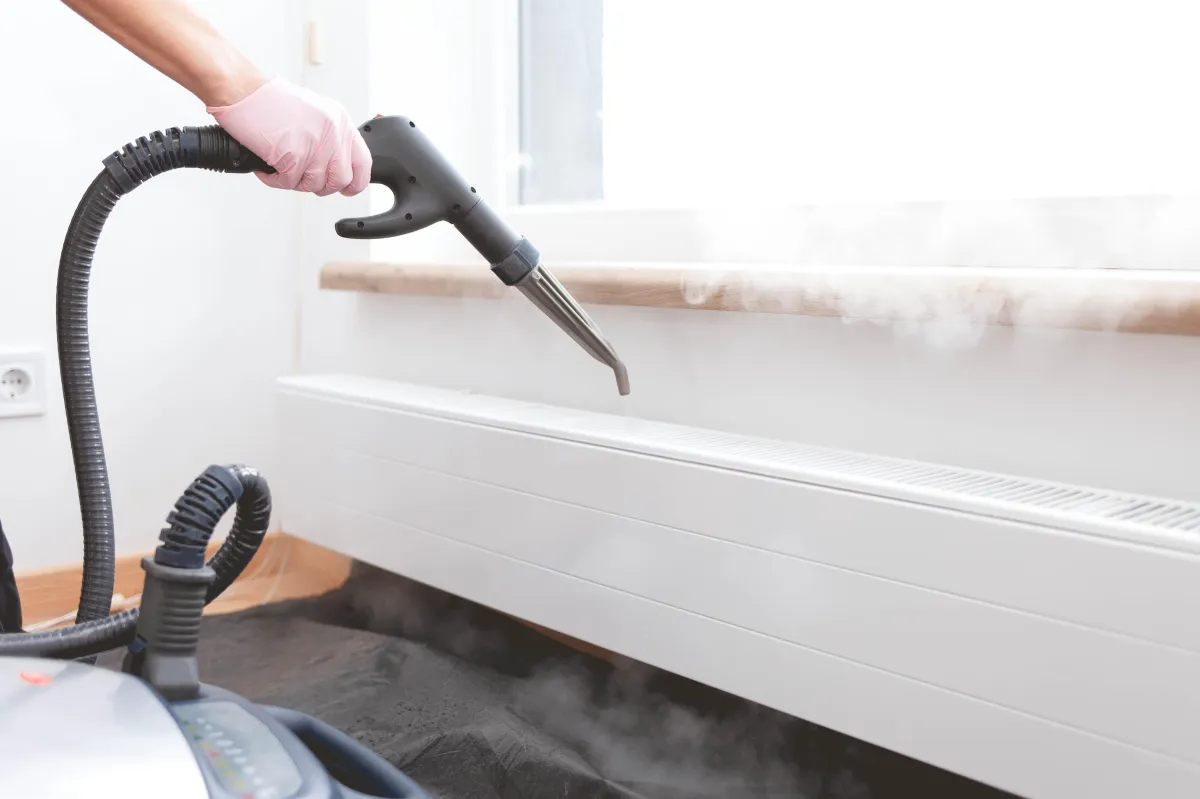

Customized Treatment Plan
Based on our findings, we'll develop a tailored bed bug control strategy that may include:
Heat Treatment
Raises room temperatures to lethal levels for bed bugs (120–135°F)
Penetrates walls, furniture, and belongings to kill bugs in hiding
Eliminates all life stages, including eggs, in a single treatment
Requires minimal preparation compared to other methods
Conventional Treatment
Application of professional-grade residual insecticides
Targeted treatment of cracks, crevices, and harborage areas
Specialized dust applications in wall voids and electrical outlets
Multiple treatments timed to break the reproductive cycle
Preventative Measures
Based on our findings, we'll develop a tailored bed bug control strategy that may include:
Installing mattress and box spring encasements
Providing guidance on travel practices to prevent reintroduction
Recommending monitoring devices for early detection
Offering follow-up inspections to ensure complete elimination
Follow-Up Protection
Our commitment to bed bug control includes:
Scheduled follow-up visits to verify treatment success
Additional treatments if necessary to ensure complete elimination
Ongoing monitoring for new activity
Education on prevention strategies
Benefits of Professional Bed Bug Control
Choosing our professional bed bug services offers several advantages
Used Furniture
Trained technicians who understand bed bug behavior
Knowledge of the most effective treatment methods
Ability to identify hidden infestations
Experience with various infestation levels and scenarios
Comprehensive Solutions
Access to professional-grade equipment and products
Integrated approaches not available to consumers
Treatment of the entire infestation, not just visible bugs
Prevention strategies to avoid future problems
Peace of Mind
Confidence that the problem is being properly addressed
Verification that all bed bugs have been eliminated
Protection against reinfestation
Satisfaction guarantee for our services
Bed Bug Prevention Tips
While no method can guarantee prevention, these steps can reduce your risk
When Traveling
Inspect hotel rooms before unpacking (check mattress seams, headboards, and furniture)
Keep luggage off the floor and bed, preferably on luggage racks
Examine luggage before bringing it back into your home
Wash and dry all clothing on high heat after travel
At Home
Reduce clutter to eliminate hiding places
Regularly inspect beds and furniture, especially after guests stay
Use mattress and box spring encasements
Vacuum frequently, including mattress seams and furniture crevices
Be cautious with used furniture, especially beds and upholstered items
Our Bed Bug Control Guarantee
We stand behind our services with our satisfaction guarantee. If bed bugs return after our complete treatment process, we'll return at no additional cost until the problem is resolved.
Frequently Asked Questions
Get answers to common questions about bed bugs
How fast does bed bug treatment work?
The effectiveness of bed bug treatment depends on several factors:
Heat Treatment: Kills bed bugs and eggs within hours during the actual treatment, providing immediate relief. However, preparation and cooling down periods mean the entire process typically takes one full day.
Conventional Treatment: Requires multiple visits spaced 2-3 weeks apart. Initial reductions in activity are often seen within days, but complete elimination typically takes 2-3 treatments over 6-8 weeks.
Combination Approaches: Generally provide quick initial results from heat treatment, with residual protection from conventional methods. Complete elimination is typically achieved within 3-4 weeks.
Regardless of the method, follow-up inspections are essential to confirm complete elimination. Our technicians will advise on the expected timeline based on your specific infestation level and the treatment method selected.
Do bed bugs transmit disease-causing pathogens?
Unlike some other blood-feeding pests like mosquitoes and ticks, bed bugs are not known to transmit diseases directly through their bites. Currently, there is no evidence that bed bugs transmit pathogens like HIV, hepatitis, or other blood-borne diseases.
However, bed bugs can still impact health in several ways:
Their bites can cause allergic reactions ranging from mild to severe
Excessive scratching of bites can lead to secondary skin infections
Infestations often cause anxiety, stress, and insomnia
In rare cases, severe infestations and repeated bites may contribute to anemia
While the primary concern with bed bugs is comfort rather than disease transmission, their elimination remains important for physical and mental wellbeing.
Where do bed bugs hide?
Bed bugs are masters of concealment, hiding in various locations:
Primary Hiding Spots:
Mattress seams, tags, and piping
Box spring interiors and exteriors
Bed frame joints and headboard crevices
Furniture seams, cushions, and zippers
Baseboards and carpet edges
Electrical outlets and switch plates
Wall-to-wall carpet edges and tack strips
Wall hangings and picture frames
Clothing stored in closets and dressers
Luggage and bags
Less Common but Possible Locations:
Electronics and alarm clocks
Window and door frames
Books and paper items
Ceiling/wall junctions, particularly in severe infestations
Behind peeling wallpaper or paint
Curtain folds and pleats
Their flat bodies allow them to hide in cracks as thin as a credit card, making thorough inspection and professional treatment essential for complete elimination.
Why do bed bugs reoccur even after treatment?
Bed bug recurrences after treatment typically happen for several reasons:
Incomplete Treatment: Some hiding places were missed during treatment, allowing surviving bugs to repopulate.
Resistant Populations: Some bed bug populations have developed resistance to certain insecticides, reducing treatment effectiveness.
Eggs Surviving Treatment: Bed bug eggs are particularly resilient and may survive certain treatments if not directly contacted.
Reintroduction: New bed bugs may be brought in from other infested locations after the initial treatment.
Neighboring Units: In multi-unit buildings, bed bugs can migrate from adjacent untreated units through wall voids, electrical conduits, or under doors.
Insufficient Follow-up: Without proper follow-up treatments, surviving bugs or eggs can restart the infestation.
Professional bed bug control addresses these challenges through comprehensive inspection, multiple treatment methods, strategic timing of follow-up treatments, and preventative measures to reduce the risk of reoccurrence.
How much does bed bug treatment cost?
The cost of professional bed bug treatment varies based on several factors:
Size of Infestation: Larger or more established infestations require more extensive treatment
Treatment Method: Heat treatments typically cost more upfront than conventional treatments but may require fewer visits
Size of Property: Larger homes or more rooms will increase treatment costs
Preparation Assistance: Some companies offer preparation services for an additional fee
Follow-up Treatments: Multiple treatments may be necessary for complete elimination
Geographic Location: Costs vary by region
Typical price ranges:
Conventional Treatment: $300-$1,000 per room (multiple treatments)
Heat Treatment: $1,200-$3,500 for an average home (single treatment)
Combination Approaches: $1,500-$4,000 depending on home size and infestation level
We provide detailed, transparent pricing after our comprehensive inspection identifies the extent of your specific infestation. Importantly, our treatments include follow-up visits to ensure complete elimination, providing better overall value than cheaper initial treatments that fail to resolve the problem.
Your Home Deserves to Be Termite-Free!
Don't let bed bugs disrupt your sleep and peace of mind. Our professional bed bug control services provide effective, lasting solutions to eliminate these persistent pests.
We guarantee your satisfaction and will work with you until your bed bug problem is completely resolved.


COMPANY
LEGAL
Contact
© Copyright 2025. Desert Shield Pest Control. All Rights Reserved.

